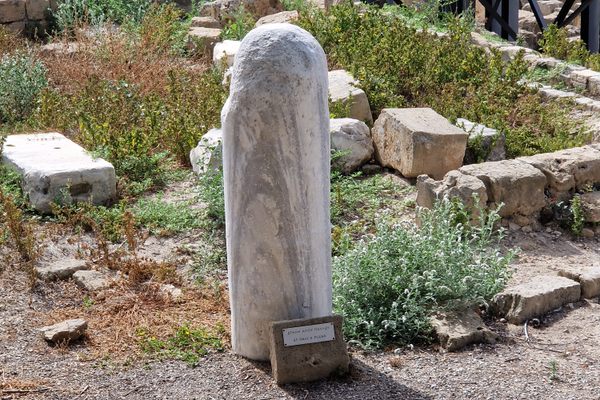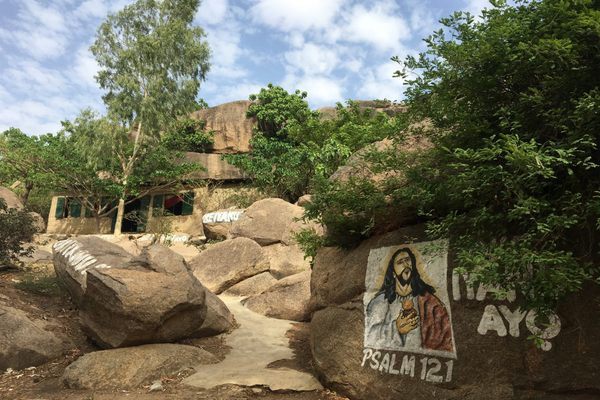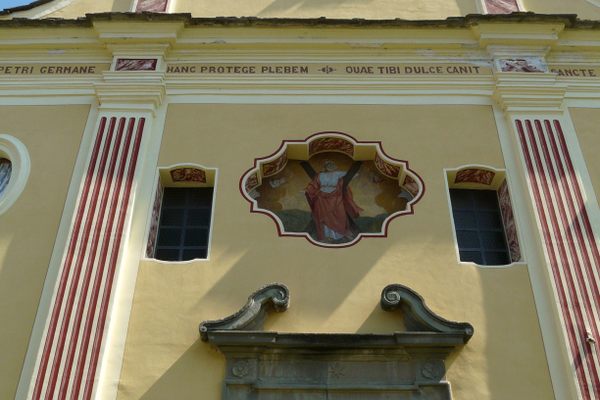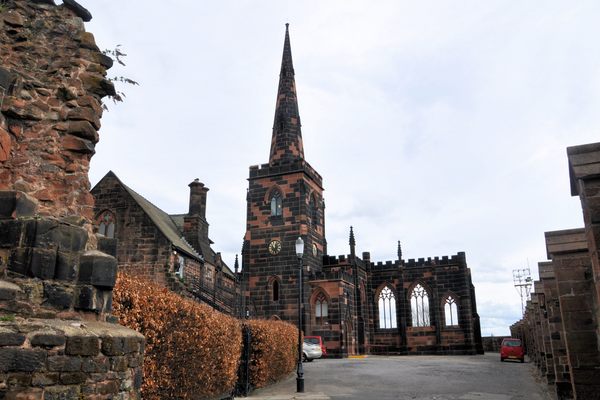About
One of the oldest Christian churches standing in the Americas can be found in the Mexico City neighborhood of Coyoacán. The Capilla de la Inmaculada Concepción, commonly known in Spanish as "La Conchita," was built in 1525 by Spanish colonists in what is now Mexico.
The presence of Christianity in the Americas began basically as soon as the first European ships landed in the Caribbean under the auspice of Spain's Catholic monarchs. The island now known as Hispaniola is widely considered the home of the first Spanish settlement in the so-called "New World." Hispaniola is currently divided between the countries of Haiti and the Dominican Republic, and it's Santo Domingo, the latter's capital that saw some of the first Christian institutions in the Americas established by the Spanish, like a cathedral and convent. While there were earlier small settlements, Santo Domingo's are considered to be continuous.
On their way to the mainland, the Spanish founded other settlements like New Cadiz, on the island of Cubagua (now part of Venezuela), and Santa Cruz, in the now-Colombian mainland. Between abandonment and natural sinking under the water, both of these eventually became ruins.
In what the Spanish would name New Spain, their first settlement was La Antigua, which features ruins of Christian religious buildings that were also eventually abandoned. Meanwhile, after reaching Tenochtitlán, the capital of the Mexica (Aztec) empire that would become Mexico City, they also established the Chapel of the Immaculate Conception.
The church is known as "La Conchita," owing to the name Concepción generally being abbreviated to Concha or Conchita. It was apparently built atop an indigenous religious building, underneath which the remains of several Toltec people had been buried. Human remains from the Colonial era were found nearby as well, given the use of the chapel's grounds as a cemetery after its construction.
The Conchita Chapel has seen its fair share of history, from its sacking during the 19th-century War of Reform to many reconstructions and restorations owing to periods of neglect, and disasters like the September 2017 earthquake.
Related Tags
Know Before You Go
The chapel's exterior can be viewed at all times, but the interior is only very ocassionally open. It doesn't seem to open on a regular schedule but instead only for special events. The inside does feature some very elaborate golden Baroque altarpieces, so do appreciate these if the door happens to be open during your visit.
NEW - Yucatan: Astronomy, Pyramids & Mayan Legends
Mayan legends, ancient craters, lost cities, and stunning constellations.
Book NowPublished
September 11, 2024


































